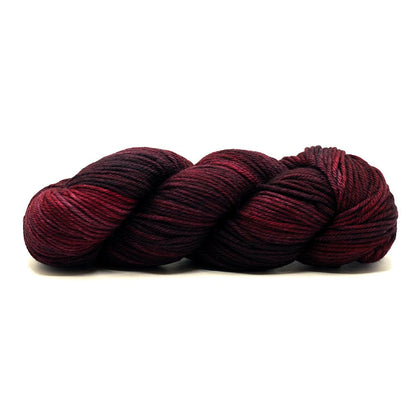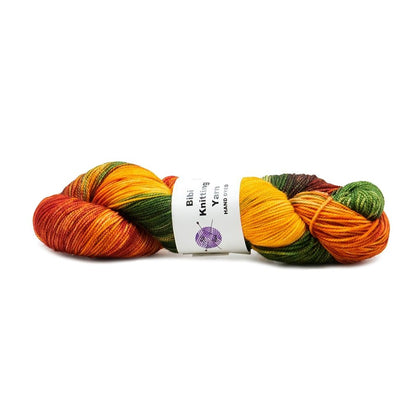5 of the Most Common Knitting Mistakes and How To Fix Them

Starting out with a new hobby like knitting can be exciting, but it can also be frustrating when things don't go as planned. Beginner knitters frequently make errors along the road, but the good news is that many of these errors can be quickly corrected with a little perseverance and the appropriate tools. We'll examine some of the most typical knitting errors in this post, including dropped knit stitches, twisted stitches, and more, and offer advice on how to correct them.
-
Dropped Stitches: Beginner knitters frequently make the error of dropping a knit stitch. When a stitch comes off the needle and unravels down the row, there is the problem. Simply pick up the dropped stitch and reposition it on the needle to correct the situation. Once the yarn is gently pulled back up to the proper height, use a crochet hook or another needle to finish the task.
-
Twisted Stitches: A stitch that has been stitched in the incorrect direction, giving it a twisted appearance, is referred to as a twisted stitch. Just untwist the twisted stitch and rework it in the proper direction to remedy this.
-
Uneven Tension: A fabric that has uneven tension may be too loose or too tight. To correct this, consider altering how you hold the needles and paying attention to how much yarn you are carrying. Also, practicing tension uniformity on a gauge swatch before beginning your project is beneficial.
-
Incorrect Stitch Count: When you first begin knitting, it's simple to lose count of how many stitches you've completed. Simply count the stitches on each needle and compare them to the pattern instructions to rectify this. If you make a mistake, you can either pull the work back to the spot where the mistake was created and start over, or you can use a stitch marker to keep track of your position.
- Tangled Yarn: Although tangled yarn can be a tremendous pain, there are ways to avoid it. Try center-pulling your yarn, using stitch markers to keep track of your location, and paying attention to how you handle the yarn during knitting.
In conclusion, making errors is a necessary part of the learning process. With a little patience and the proper tools, these small hiccups are often fixable. Don't allow failures to prevent you from knitting more! Instead, embrace them as a chance to improve as a knitter. Enjoy your knitting!
Related Posts
Are you just getting started in knitting? Be sure to read our other beginner guide resources and blog posts to help you get started. Whether you’re compiling your knitting toolbox, learning about yarn weights, or how to care for handmade items, we’ve got you covered!
Need more visual guidance? Be sure to check out MFY+, our YouTube Channel with tutorial videos, tips & tricks, and more!
Need more visual guidance? Be sure to check out MFY+, our YouTube Channel with tutorial videos, tips & tricks, and more!


















